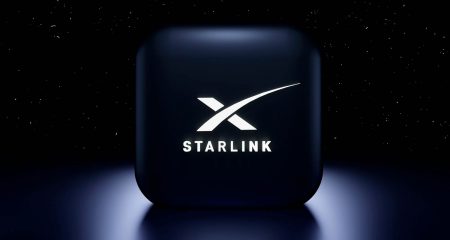Elon Musk’s rocket company launched a commercial satellite for Argentina on Sunday evening, marking SpaceX’s 17th mission of 2018 in the type of steady success that so far has eluded his electric-car maker Tesla.
The Falcon 9 rocket lifted off from Vandenberg Air Force Base on California’s central coast about 7.21pm local time. About eight minutes after lift-off, the rocket’s first stage returned and landed at Vandenberg in a first for a California-based SpaceX launch. The second stage deployed Saocom 1A, an Argentine Earth-imaging satellite, roughly 12 minutes after the launch.
Having a rocket’s first stage return safely to Earth is part of SpaceX’s strategy to reduce launch costs and win market share. SpaceX already has recovered rocket boosters several times, both on land in Florida and on drone ships at sea.
Musk is CEO, chairman and largest shareholder of both SpaceX and Tesla, two companies that are pushing frontiers of technology while surrounded by different degrees of drama. Closely held SpaceX’s valuation has climbed to about US$28-billion as it racks up successful launches, making it the third most valuable venture-backed start-up in the US after Uber Technologies and Airbnb. SpaceX completed a record 18 missions in 2017 and is on track to exceed that number this year.
Publicly traded Tesla’s value, meanwhile, has seesawed as Musk made bold claims about taking it private, only to draw a lawsuit from the US Securities and Exchange Commission.
Musk ridiculed the SEC as the “Shortseller Enrichment Commission” in a tweet last week, rattling investors with a missive that could imperil the deal struck with the regulator just a week earlier. The settlement, which isn’t final, bars Musk from serving as chairman of Tesla for three years as punishment for tweets he sent about taking Tesla private, but it allows him to remain CEO. Tesla shares fell about 7.1% on Friday.
‘Commercial Crew’ programme
SpaceX has a contract to ferry American astronauts to the International Space Station as part of what’s known as the “Commercial Crew” programme with Nasa, but the timeline for the first flights has slipped repeatedly. The latest schedule from Nasa has SpaceX’s first demonstration fight slated for January, and the first flight with astronauts on board slated for June.
In August, SpaceX employees got a chance to meet the four astronauts who will fly on Crew Dragon, the craft SpaceX designed to ferry them safely to and from the orbiting lab.
Last month, Musk announced that Japanese billionaire Yusaku Maezawa plans to fly around the moon on the company’s BFR rocket in 2023. — Reported by Dana Hull, with assistance from Kyunghee Park and Lena Lee, (c) 2018 Bloomberg LP




